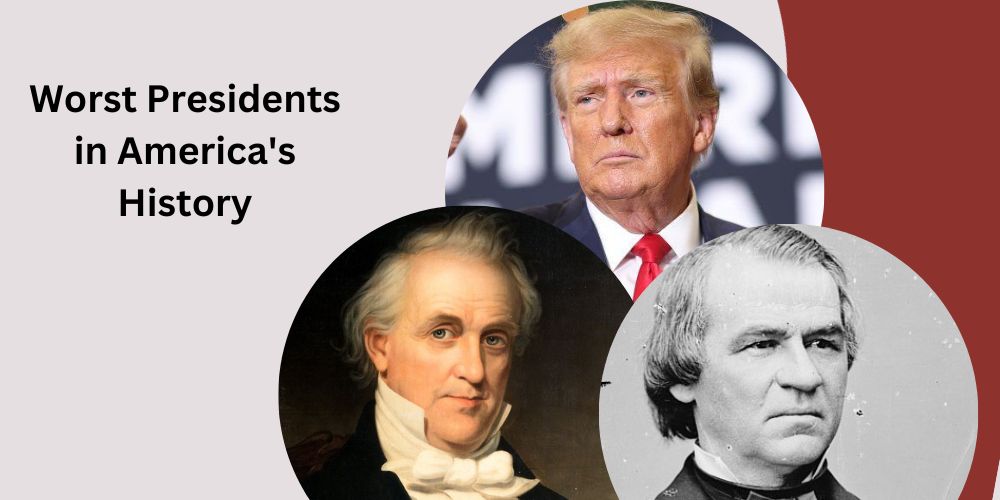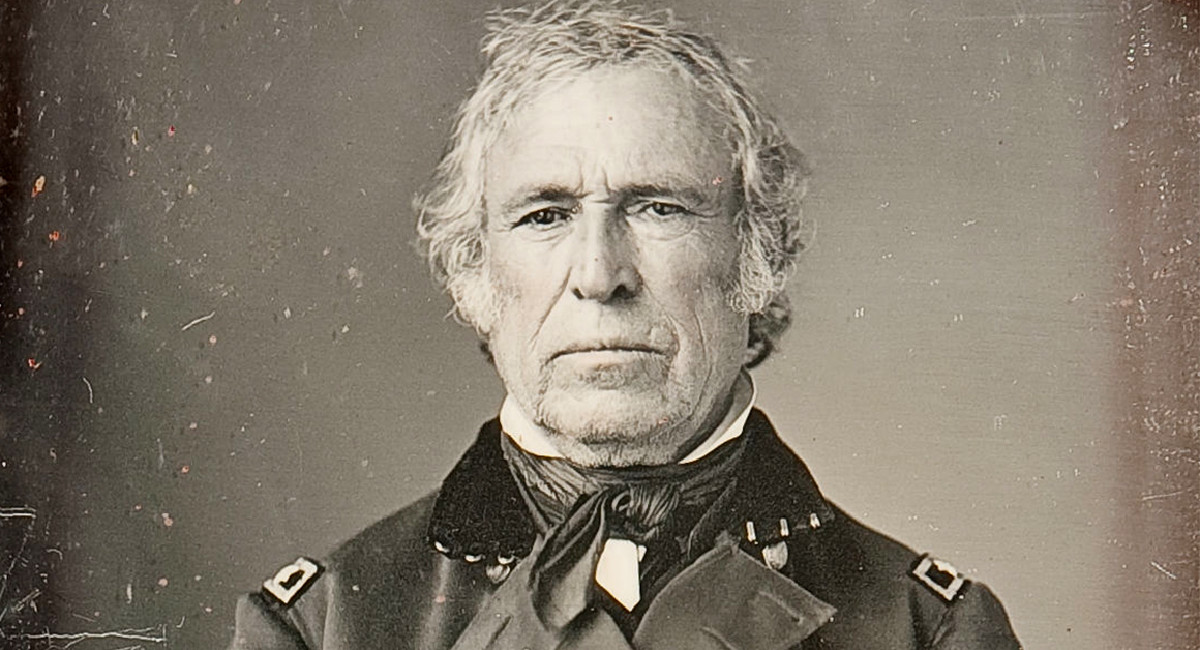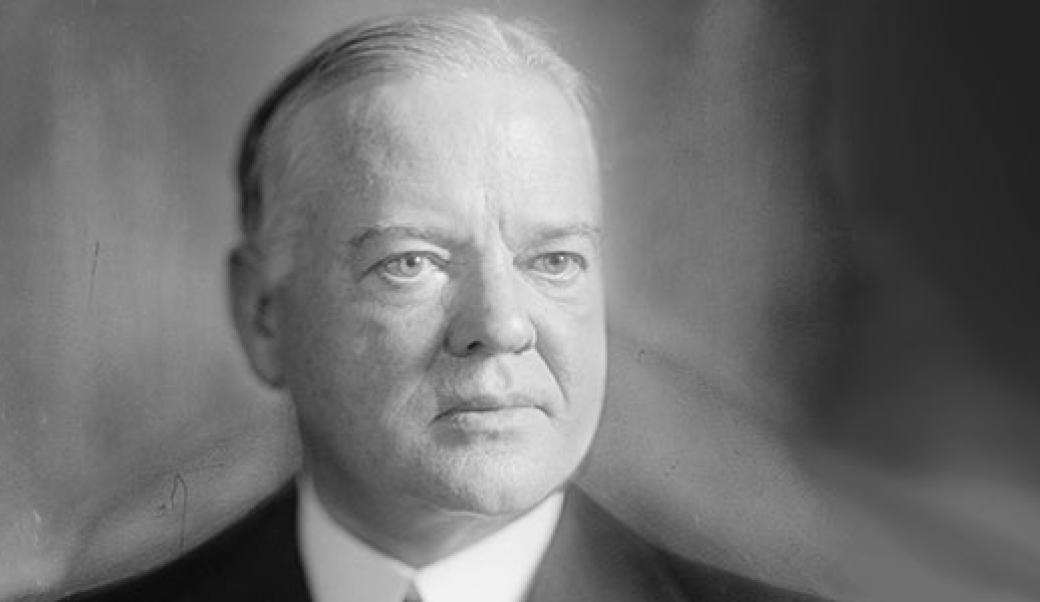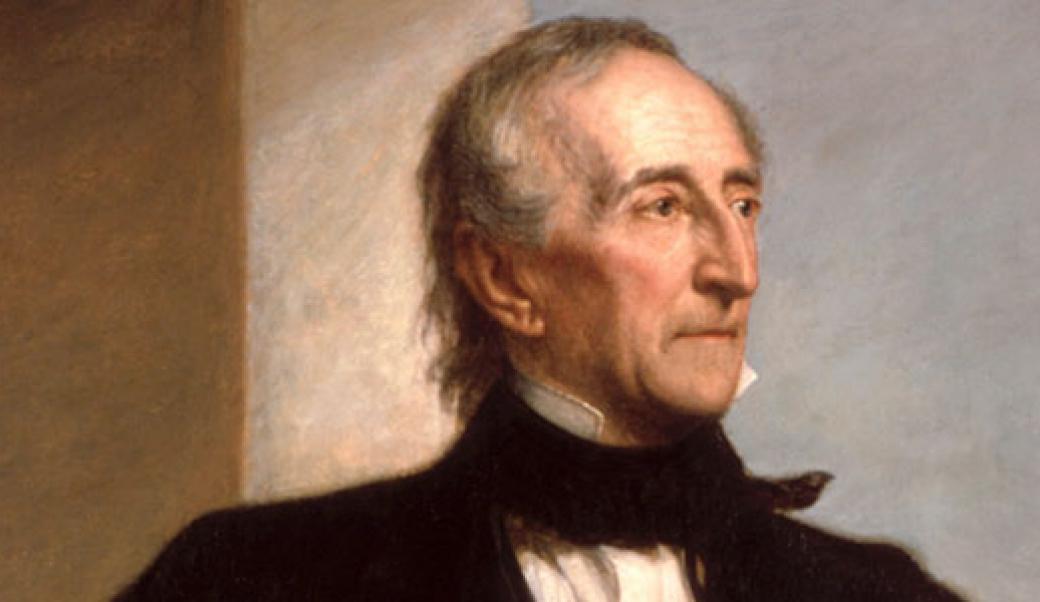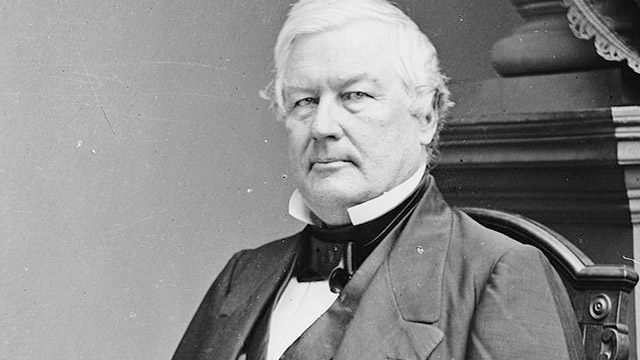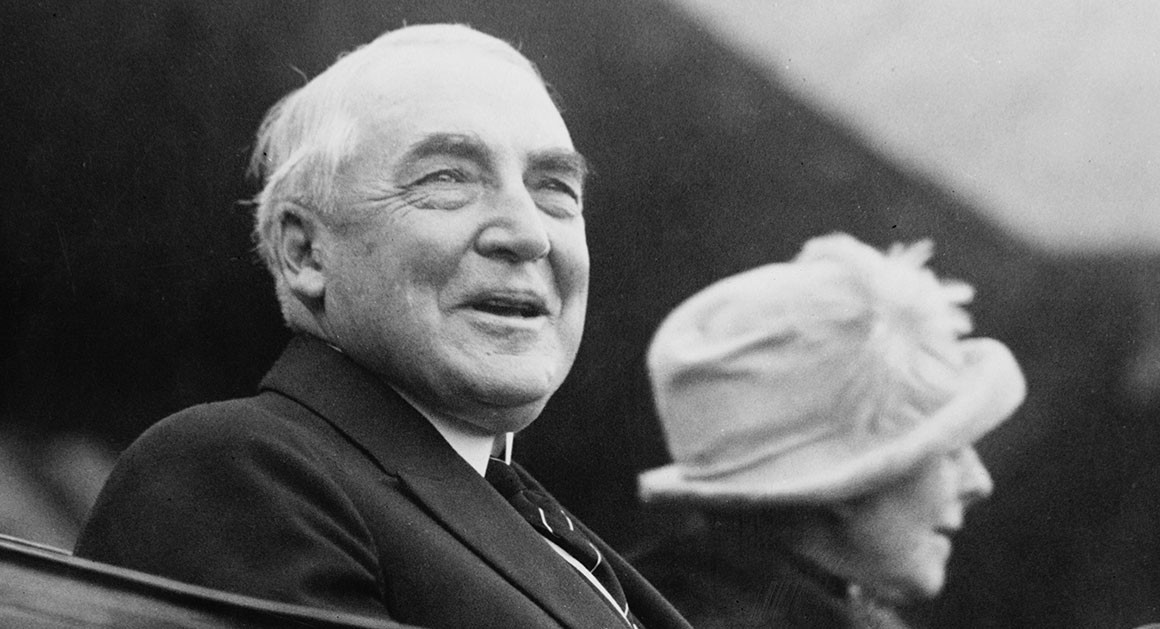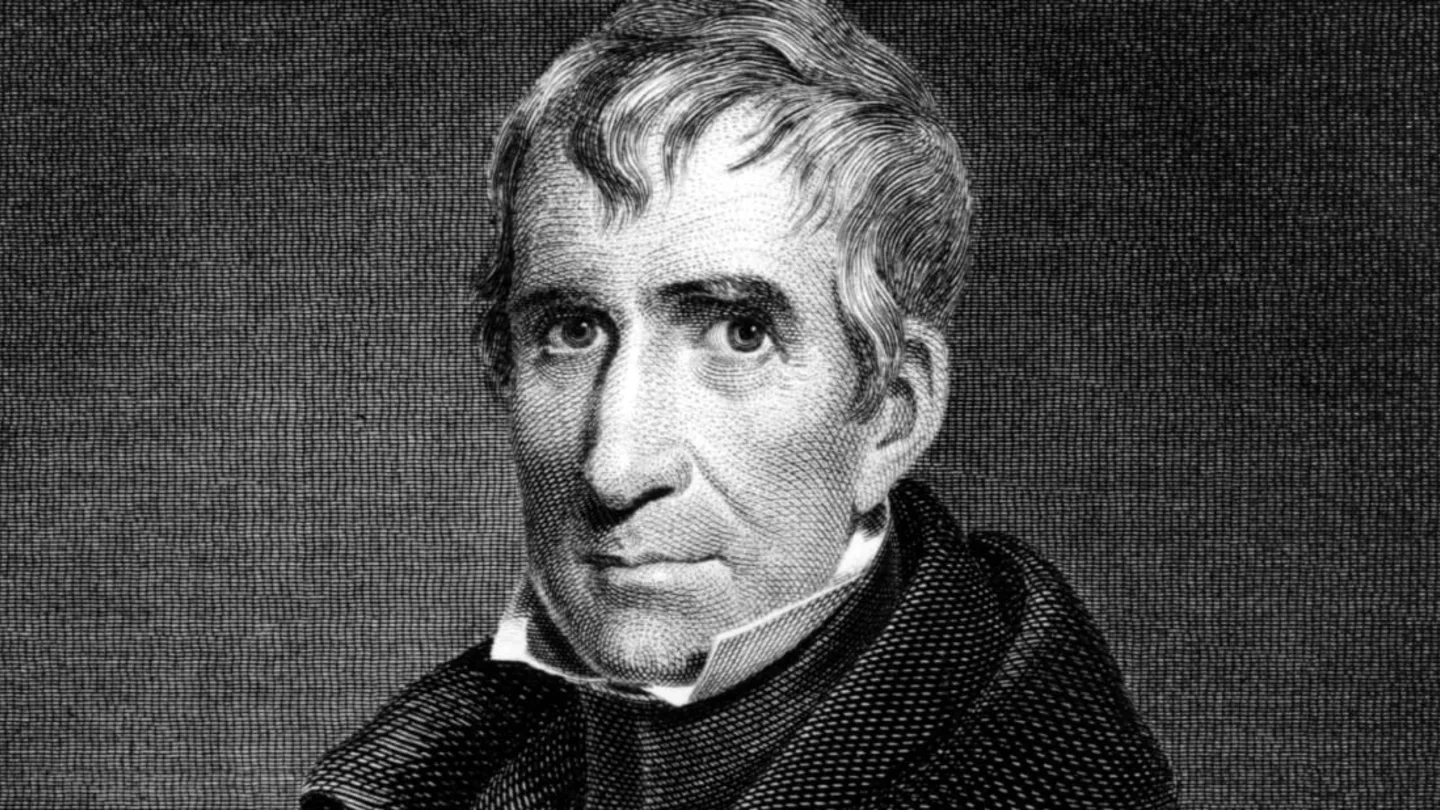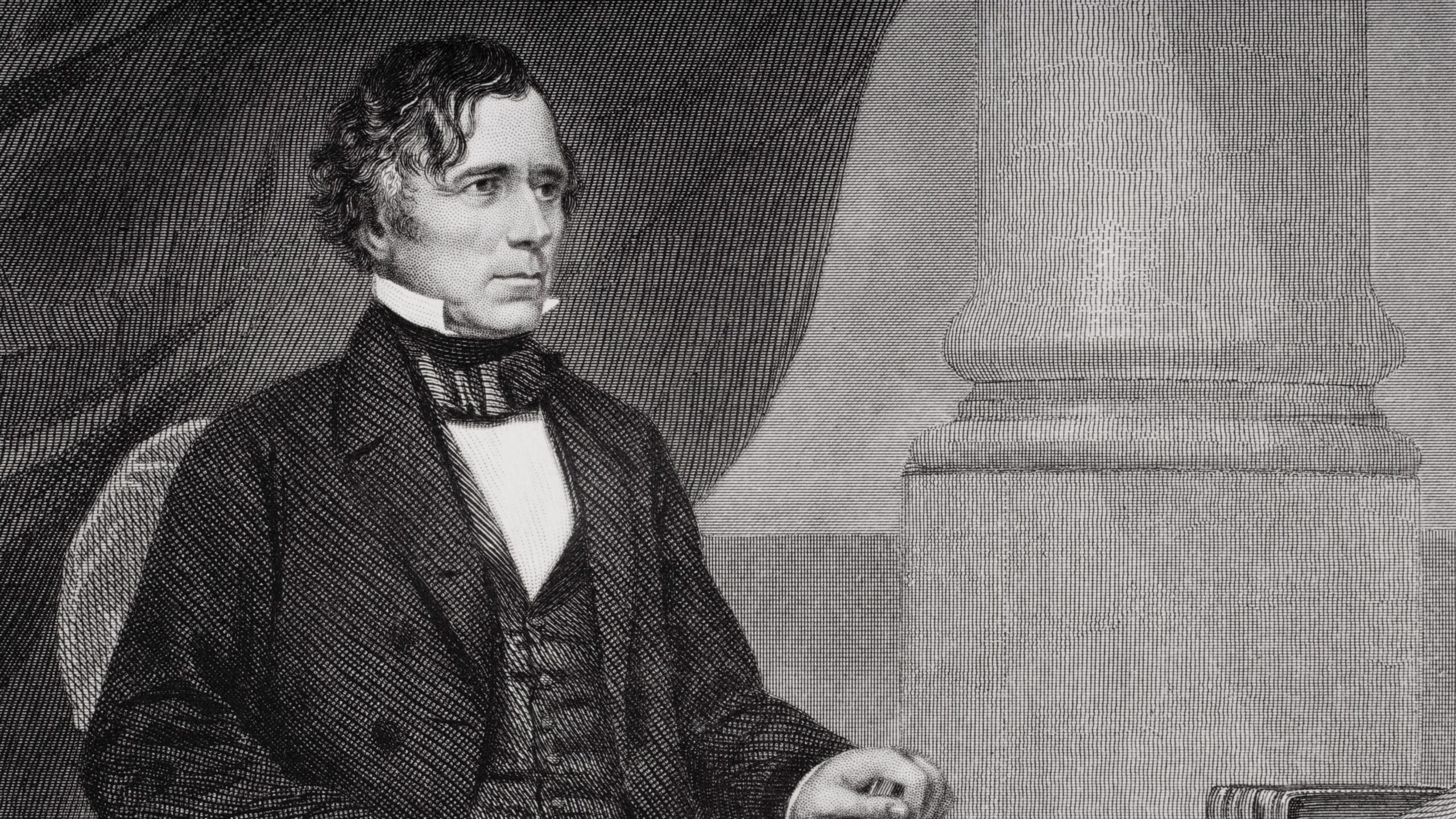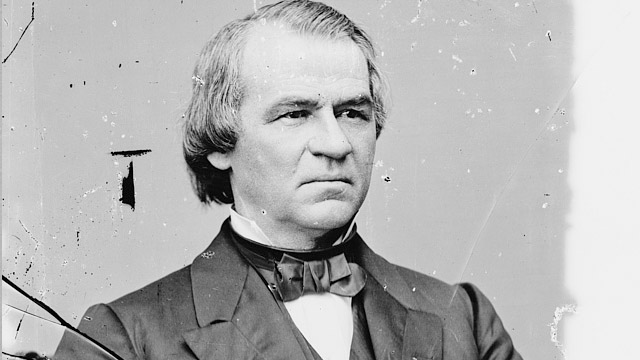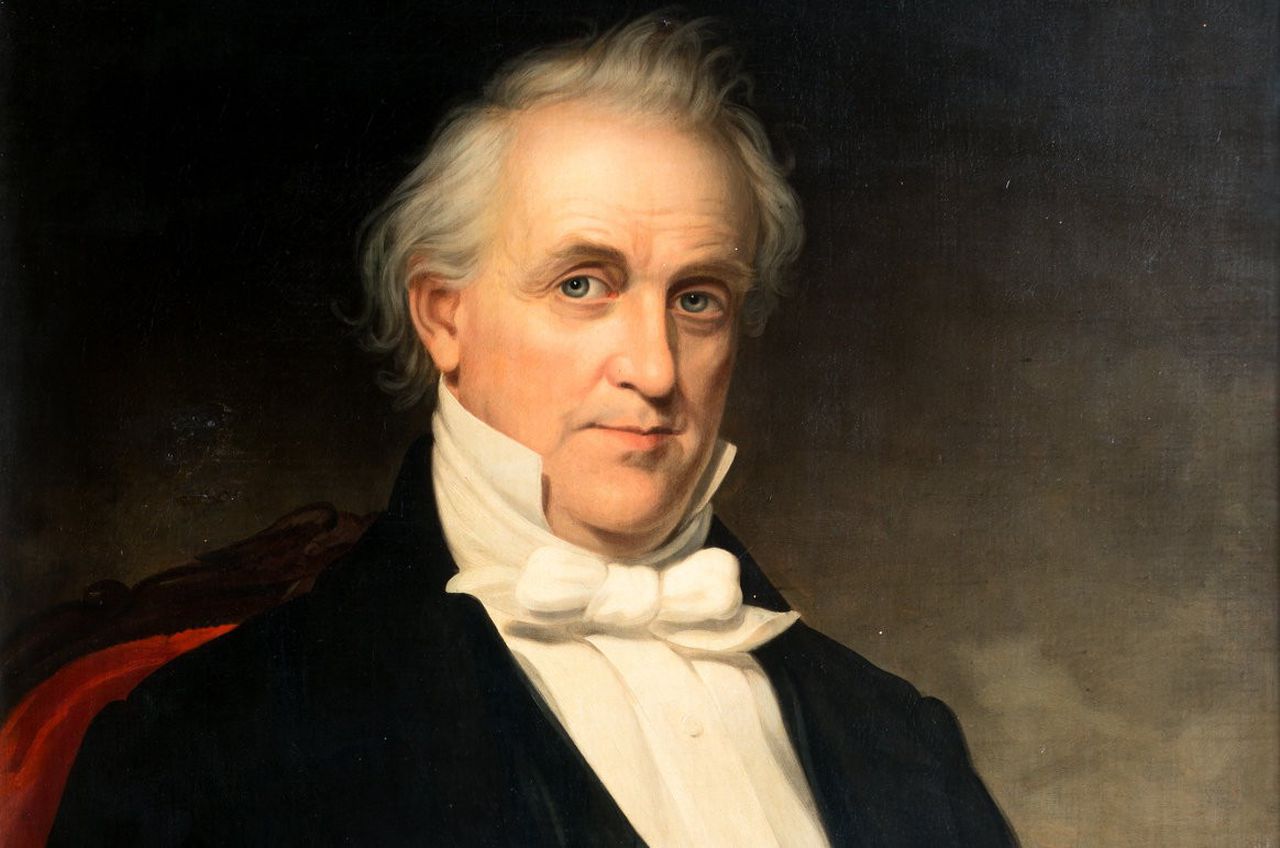The United States of America has a great history and undoubtedly has housed some of the greatest leaders in history. However, like every other country in the world, The United States of America has also had its share of bad leadership. Out of the 45 individuals who have served 46 presidencies spanning 58 four-year terms, we have compiled a list of the 10 worst presidents in America’s history.
As we did on the list of the greatest American presidents in history, these presidents were judged on the vision they had for America, public persuasion, crisis leadership, economics, moral authority, foreign affairs, administrative skills, relationship with Congress, the pursuit of equal justice and their performance within the context of the time they led the country.
As you probably perceived many of them fall short of these criteria. So without any further ado, here are the 10 worst presidents in America’s history
10. Zachary Taylor (1849 – 1850)
Zachary Taylor was an American military leader who served as the 12th president of the United States from 1849 until he died in 1850. His presidency was relatively short, and was often criticized for his non-affiliation with any political side.
One of the significant issues during Taylor’s presidency was the debate over the extension of slavery into newly acquired territories from the Mexican-American War. Taylor, a slaveholder himself, took a moderate stance and opposed the extension of slavery. He advocated for admitting California and New Mexico as free states, which put him at odds with some Southern Whigs.
While Taylor’s presidency was short, it was a critical period in the lead-up to the Compromise of 1850, a series of legislative measures aimed at addressing the sectional tensions between slave and free states. Taylor’s military background and lack of political experience contributed to a presidency that was marked by political challenges and debates over slavery.
9. Herbert Hoover (1929 -1933)
Herbert Hoover was the 31st President of the United States, serving from 1929 to 1933. His presidency is often remembered for his inability to effectively respond to the economic challenges of the Great Depression.
Hoover’s presidency coincided with the beginning of the Great Depression, triggered by the stock market crash of 1929. The economic downturn led to widespread unemployment, poverty, and homelessness. His opposition to direct federal intervention and belief that the economy would recover on its own was criticized for being insufficient to combat the severity of the Depression.
Herbert Hoover was also believed to be a poor communicator who fueled trade wars and exacerbated the Great Depression. His presidency is often remembered for his perceived inability to effectively respond to the economic challenges of the Great Depression, making him one of the worst presidents in America’s history.
8. John Tyler (1841 – 1845)
John Tyler was the 10th President of the United States, who served from 1841 to 1845. He is considered one of the worst presidents in America’s history as his presidency was marked by conflicts with his own party
John Tyler’s residency is often seen as an unusual and tumultuous period marked by his strained relationship with the Whig Party and his pursuit of policies that were not in line with the party platform. He vetoed several key Whig initiatives, such as a national banking act and a tariff bill, which led to his expulsion from the Whig Party.
Tyler believed that the president, rather than Congress, should set policy, and he sought to bypass the Whig establishment led by Senator Henry Clay. Most of Tyler’s cabinet resigned shortly into his term and the Whigs expelled him from the party, dubbing him “His Accidency”. Tyler was the first president to have his veto of legislation overridden by Congress.
7. Millard Fillmore (1850 – 1853)
Millard Fillmore was the 13th President of the United States, serving from 1850 to 1853. His presidency was marked by his accession to office following the death of President Zachary Taylor and his involvement in the Compromise of 1850.
As president, Millard Fillmore played a significant role in supporting and signing the Compromise of 1850, a series of legislative measures aimed at resolving the sectional tensions between free and slave states. This however did not bring any significant change as it only delayed the Southern secession by allowing slavery to spread.
Millard Fillmore’s presidency is often viewed as a transitional and challenging period marked by attempts to address the pressing issue of slavery through compromise. His support for the Compromise of 1850 had both positive and negative consequences, and his legacy is often overshadowed by the increasing tensions that ultimately led to the Civil War.
6. Warren G. Harding (1921 – 1923)
Warren G. Harding was the 29th President of the United States and served from 1921 until he died in 1923. His presidency is often associated with scandals, but it’s important to note that some of the controversies emerged after his death.
Harding reportedly had a successful presidency until he died in 1923, when subsequent exposure to scandals eroded his popular regard, as did revelations of his extramarital affairs. During his presidency, Harding appointed friends and acquaintances to federal positions, while some of them served competently, others proved ineffective in office
One of the most infamous scandals of Harding’s presidency was the Teapot Dome scandal. The scandal revealed corruption and kickbacks to government officials. The other scandals include the Justice Department and the Veterans’ Bureau Veterans’ Bureau Harding was also involved in an extramarital affair with numerous women tarnishing his post-humous reputation.
5. William Henry Harrison (1841 – 1841)
William Henry Harrison was the 9th President of the United States. He is considered one of the worst presidents in America’s history, serving only 32 days. His presidency was not just extraordinarily short but also lacked significant policy initiatives.
Harrison took the oath of office on March 4, 1841, and died of pneumonia on April 4, 1841. His presidency is the shortest in U.S. history. During his inauguration, Harrisons delivered the longest inaugural address in U.S. history in adverse weather conditions. It is believed that the exposure to the elements contributed to his subsequent illness and death.
Harrison’s legacy is overshadowed by the brevity of his presidency. He is often remembered more for the circumstances surrounding his death than for any specific policy or accomplishment during his time in office.
4. Franklin Pierce (1853 – 1857)
Franklin Pierce was the 14th President of the United States, serving from 1853 to 1857. He is considered one of the worst presidents in America’s history as he failed to effectively navigate the growing sectional tensions over slavery, contributing to the deepening divide that would eventually lead to the American Civil War.
Franklin was a northern Democrat who believed that the abolitionist movement was a fundamental threat to the nation’s unity, he alienated anti-slavery groups by signing the Kansas–Nebraska Act and enforcing the Fugitive Slave Act. The conflict between North and South continued after Pierce’s presidency, resulting in the American Civil War.
Perce’s administration was also involved in the Ostend Manifesto, a document drafted in 1854 that suggested the U.S. should acquire Cuba from Spain, potentially by force if necessary. The manifesto was controversial and faced opposition, leading to its abandonment. His perceived pro-Southern stance contributed to a decline in popularity.
3. Andrew Johnson (1865 – 1869)
Andrew Johnson was the 17th President of the United States, serving from 1865 to 1869. He assumed the presidency after the assassination of Abraham Lincoln. His presidency was characterized by the challenges of reconstruction and his conflicts with Congress. He faced criticism for his lenient policies towards the Southern states and his opposition to civil rights legislation.
Andrew favored quick restoration of the seceded states to the Union without protection for the newly freed people who were formerly enslaved. He also opposed the Fourteenth Amendment which gave citizenship to former slaves. In 1866, he went on an unprecedented national tour promoting his executive policies, seeking to break Republican opposition.
Johnson’s lenient policies clashed with the more radical views of Congress, leading to significant conflict. This conflict with the Republican-dominated Congress culminated in his impeachment by the House of Representatives in 1868. He was acquitted in the Senate by one vote. He however lost the 1868 Democratic presidential nomination, leaving office the following year.
2. Donald Trump (2017 – 2021)
Donald Trump was the 45th President of the United States from January 20, 2017, to January 20, 2021. He is considered one of the worst presidents in America’s history, for adopting unfavorable and conservative policies.
As president, Trump implemented a couple of conservative anti-migration policies, such as ordering a travel ban on citizens from several Muslim-majority countries, diverting military funding toward building a wall on the U.S.-Mexico border, and implementing a policy of family separations for migrants detained at the U.S. border.
He also failed to handle the COVID-19 pandemic efficiently, initiated a trade war with China, and withdrew the U.S. from numerous international agreements. He refused to concede after losing the 2020 presidential election to Joe Biden, attempted to overturn the results, and obstructed the presidential transition.
Trump is the only American president to have been impeached twice, acquitted in both instances by the Senate.
1. James Buchanan (1857 – 1861)
James Buchanan was the 15th President of the United States, serving from 1857 to 1861. He is considered the worst president in America’s history, for failing to handle the growing sectional tensions that eventually led to the Civil War.
James supported the controversial Kansas-Nebraska Act, which allowed for the expansion of slavery into new territories based on popular sovereignty. This decision intensified the conflict over slavery in the western territories. During his presidency, the Supreme Court also ruled that slaves were not citizens and that Congress had no authority to prohibit slavery in the territories. While Buchanan did not influence the court’s decision, his perceived pro-southern stance on the issue further heightened tensions.
While Buchanan had a long political career and served in various government positions, his presidency is commonly viewed as a failure due to his inability to prevent the nation from descending into civil war and his perceived mishandling of the sectional tensions that ultimately led to the conflict.
